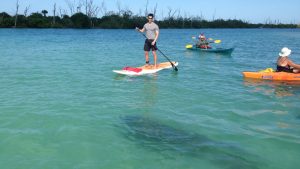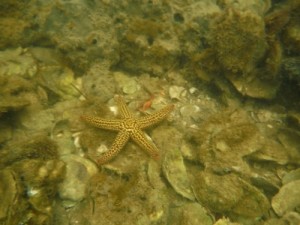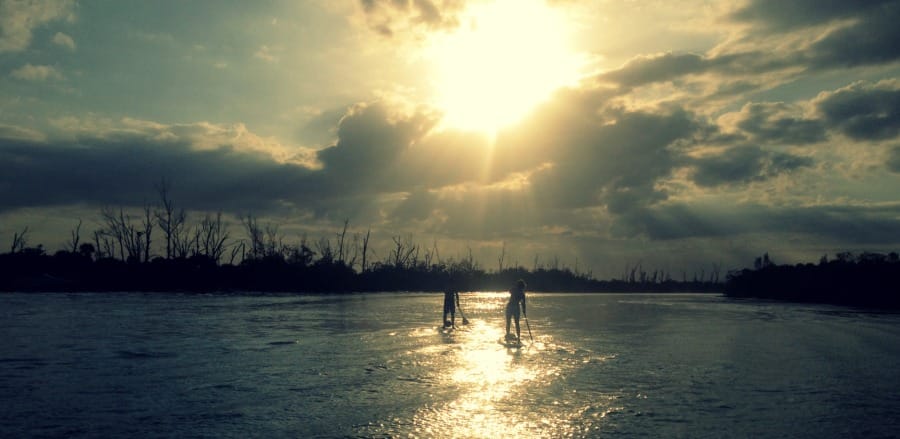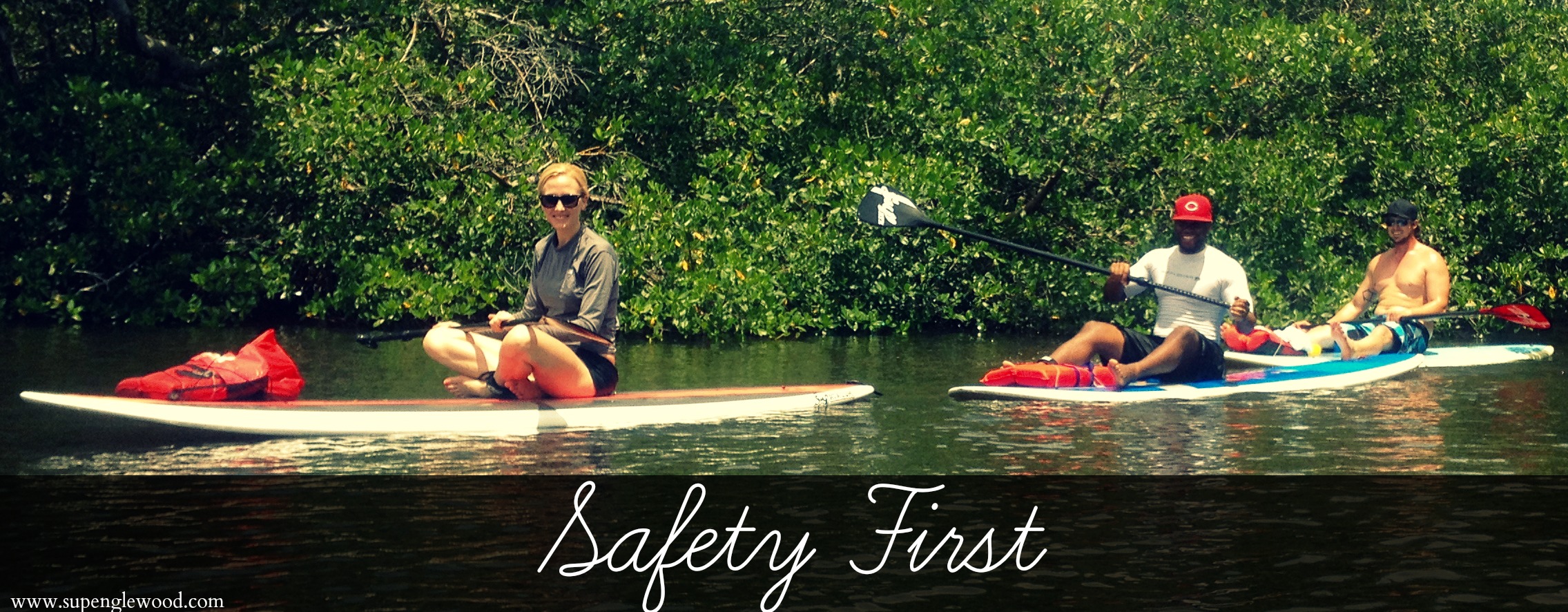Local Exposed Waterway SUP Hazards
Local Exposed Waterway SUP Hazards in Southwest Florida: A Comprehensive Guide
Introduction
Paddle boarding is a fantastic way to explore the waterways, but it’s crucial to be aware of the SUP hazards in Southwest Florida, especially in exposed waterways. This article aims to educate both beginners and seasoned paddle boarders on how to navigate these challenges safely.
Why Exposed Waterways Have More SUP Hazards
Enclosed waterways like lakes are generally easier for beginners. However, exposed waterways such as bays, inlets, and harbors present more challenges. If you’re planning to paddle in these areas, it’s essential to seek paddle boarding safety tips for exposed waterways from local companies.
SUP Hazards to Avoid in Southwest Florida
Local paddling options are mostly tidal, meaning you’ll need to watch out for boat traffic, oyster beds, and other underwater hazards. Here’s how to identify and avoid these underwater SUP hazards:
Oyster Beds
Oyster beds look like rocks under the water and are as sharp as razor blades. Knowing how to avoid oyster beds while paddle boarding is crucial for a safe experience. Oysters can cut through inflatable boards and are sometimes submerged in the water, invisible from your view. Unfortunately, paddle boards typically find them when the SUP fins catch underwater. You can avoid this accident by understanding where oyster beds are located. Always ask for local knowledge, or view maps to find this information.
Barnacles on Docks and Posts
Avoid docks and posts as they often have a thick growth of barnacles, which can cause injuries.
Avoiding Collisions with Motor Boats
Florida recently passed a law giving right of way to motorized vessels. As a paddle boarder, it’s crucial to be aware of this law to avoid collisions with motor boats. Always yield to motorized vessels and stay clear of busy boating channels. Learn more about the boating safety act of 2022 here.
Other Hazards
Keep an eye out for fallen trees, debris, sandbars, and marine life. If you’re interested in exploring sandbars and shorelines, approach these areas kneeling to ensure safety.
Wind: The Most Common SUP Hazard
Paddling against wind and current is advised when launching a trip. The strength of currents and speed of tides can vary, so it’s essential to consult local tide charts or apps like “Tides Near Me” for accurate information. And remember, tides are predictions and you must always check conditions on-site, as well as changing weather patterns for accuracy.
Tools to Minimize SUP Hazards
1. Tides Near Me App: Provides local tide information.
2. Communication Devices: Always bring a way to communicate.
3. Paddle with a Friend: It’s always safer to paddle with someone else.
Conclusion
Whether you’re a beginner looking for paddle boarding instruction or an experienced boarder, understanding the SUP hazards in Southwest Florida’s exposed waterways is crucial for a safe and enjoyable experience. For more safety tips and paddle boarding adventures, contact us today!




